ASTM E3427-24 Standard Guide for Measuring Intensity,Polydispersity,Size,Zeta Potential,Molecular Weight,and Concentration of Nanoparticles in Liquid Suspension Using Laser-Amplified Detection/Power Spectrum Analysis (LAD/PSA) Technology
ASTM E3427-2024 Standard Guide for Measuring Intensity,Polydispersity,Size,Zeta Potential,Molecular Weight,and Concentration of Nanoparticles in Liquid Suspension Using Laser-Amplified Detection/Power Spectrum Analysis (LAD/PSA) Technology
相关推荐
-
JEDEC JESD78F.02-2023 IC Latch-Up TestVIP专免
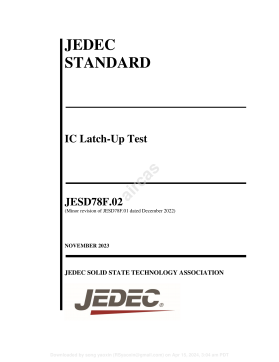
 2024-09-22 44
2024-09-22 44 -
JEDEC JP002-2006 Current Tin Whiskers Theory and Mitigation Practices GuidelineVIP专免
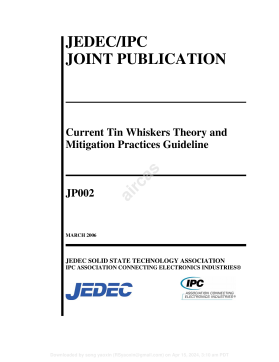
 2024-09-22 16
2024-09-22 16 -
JEDEC JESD22-A114FVIP专免
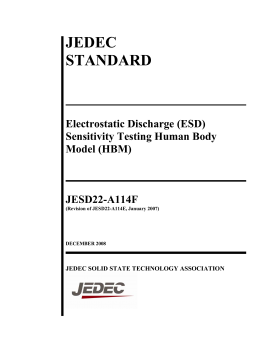
 2024-10-06 20
2024-10-06 20 -
JEDEC JESD22-A115CVIP专免
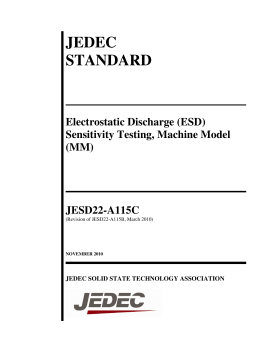
 2024-10-06 28
2024-10-06 28 -
JEDEC JESD22-B111A 手持电子产品组件的板级跌落试验VIP专免
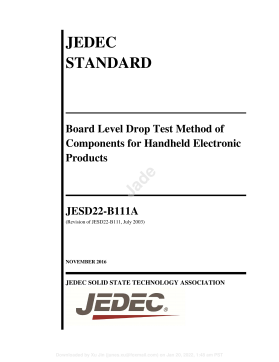
 2024-11-21 17
2024-11-21 17 -
JEDEC JESD22-B113B 手持电子产品组件互连可靠性特性的板级循环弯曲试验方法VIP专免
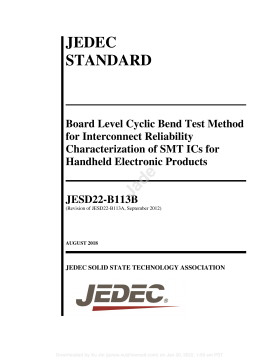
 2024-11-21 22
2024-11-21 22 -
JEDEC JEP199-2024 金属-绝缘体-金属电容器的可靠性表征程序VIP免费
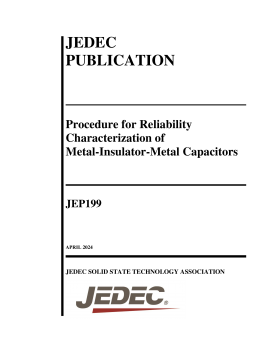
 2025-02-13 24
2025-02-13 24 -
JEDEC JESD89BVIP免费
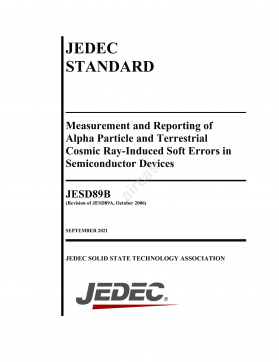
 2025-05-20 17
2025-05-20 17 -
JEDEC JESD270-4VIP专免
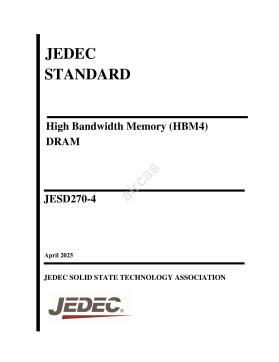
 2025-05-20 31
2025-05-20 31 -
JEDEC JESD305AVIP免费
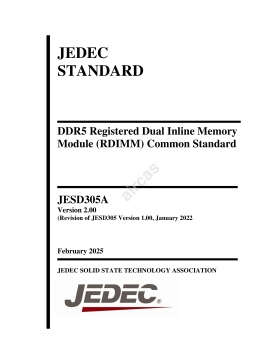
 2025-05-20 63
2025-05-20 63
相关内容
-
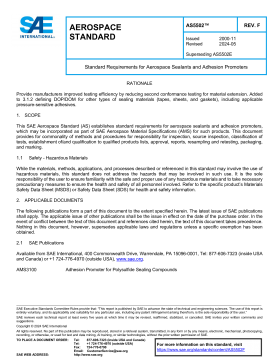
SAE AS5502F-2024 航空密封剂和粘合促进剂的标准要求
分类:国外协会
时间:2025-07-08
标签:密封剂
格式:PDF
价格:免费
-
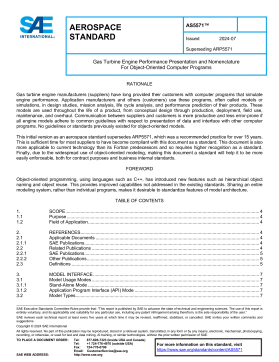
SAE AS5571-2024 面向对象计算机程序的燃气涡轮发动机性能表示和命名法
分类:国外协会
时间:2025-07-08
标签:发动机
格式:PDF
价格:20 星币
-
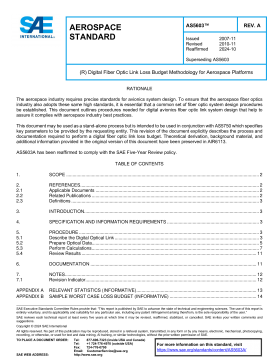
SAE AS5603A-2024 航空航天平台数字光纤链路损耗预算方法
分类:国外协会
时间:2025-07-08
标签:航空航天
格式:PDF
价格:20 星币
-
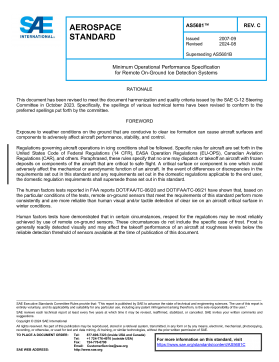
SAE AS5681C-2024 远程地面冰探测系统的最低操作性能规范
分类:国外协会
时间:2025-07-08
标签:无
格式:PDF
价格:20 星币
-
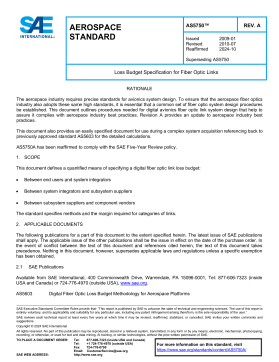
SAE AS5750A-2024 光纤链路损耗预算规范
分类:国外协会
时间:2025-07-08
标签:无
格式:PDF
价格:免费




